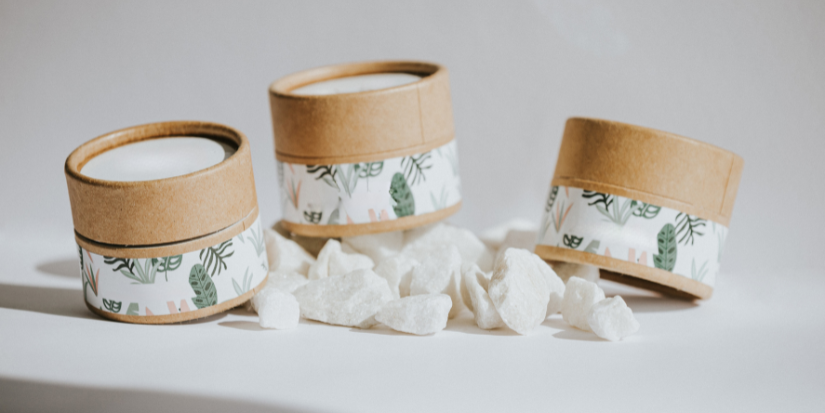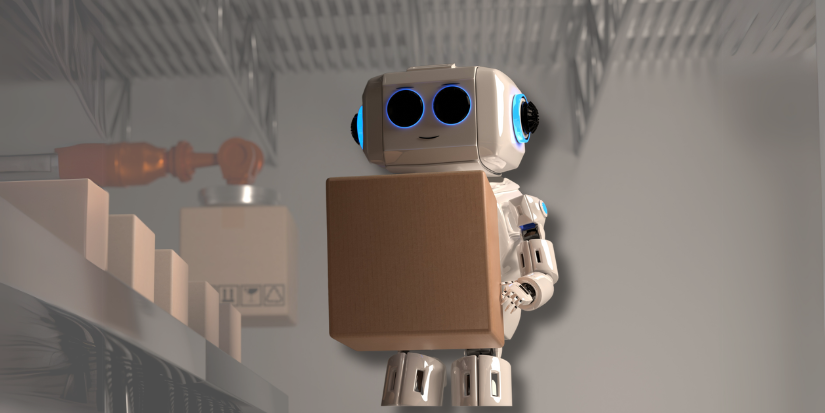The year 2025 will mark a turning point for the packaging industry. With a rapidly evolving business and consumer landscape, companies must adapt to new demands to stay competitive.
Emerging trends in packaging are driven by innovation, sustainability, and intensive digitalization, making packaging solutions a key strategic factor.
Below, we explore the main trends that will define the future of packaging in 2025, based on key data and industry studies.
Growth of the Sustainable Packaging Market
Sustainable packaging has moved from being a simple trend to becoming a necessity. In 2025, a significant increase in the use of recyclable and biodegradable materials is expected, driven by growing environmental regulations and consumer expectations.
According to a report by Mordor Intelligence, the size of the sustainable packaging market was estimated at $292.71 billion for 2024, and is expected to reach $423.56 billion by 2029, growing at a CAGR of 7.67% during the forecasted period (2024-2029).
North America dominated the sustainable packaging market with a 32.5% market share in 2022. Additionally, the U.S. sustainable packaging market is projected to grow significantly, reaching an estimated value of $143.86 billion by 2032, driven by manufacturers’ focus on lightweight products and optimized packaging designs.
Sustainable packaging refers to the development and use of materials that are not only effective for packaging but also offer environmental benefits, such as being recyclable, reusable, or biodegradable. This has led to the rapid adoption of sustainable solutions by companies as environmental awareness among consumers increases.

For example, the use of plant-based materials for packaging has gained significant traction, especially in the cosmetics industry, where recyclable, reusable, and biodegradable properties are highly valued. Refillable packaging has also become a key trend. These packaging solutions, which allow consumers to return them for refills, not only reduce environmental impact but also represent an effective strategy for brands looking to mitigate the use of single-use plastics.
Regional outlook
The sustainable packaging market is showing significant growth globally. North America remains the market leader due to the presence of key manufacturers, government policies, and a well-established paper and cardboard recycling infrastructure. In the Asia-Pacific region, massive growth is expected, driven by the increased sales in the pharmaceutical and food and beverage industries, as well as the development of recyclable packaging.
In Europe, the ban on single-use plastics and growing interest in recyclable packaging are driving the market, while Latin America is expected to see moderate growth due to the expansion of the food and beverage industry. Middle East and Africa are also seeing steady expansion, particularly in the pharmaceutical and healthcare industries.
The impact of Artificial intelligence and Big Data
Artificial Intelligence (AI) and Big Data are profoundly transforming the packaging industry. These technologies allow brands to optimize their packaging designs, use materials more efficiently, and improve supply chain efficiency.
According to a report from Forbes, 48% of companies in the packaging industry are already using AI to improve their processes. In packaging design, AI helps predict which materials and designs will be most effective, reducing costs and waste while maximizing the benefits of packaging.
Additionally, 3D printers are revolutionizing packaging manufacturing, enabling faster and more cost-effective creation of prototypes and custom packaging. Predictive analytics, powered by AI, allows brands to anticipate which packaging types will be most effective based on consumer preferences, improving the shopping experience and increasing product profitability.
Want to stay updated on the latest in the packaging sector? Subscribe to our newsletter!
Packaging as a Marketing Tool
Packaging has evolved beyond its practical function and has become a powerful marketing tool. According to a Packaging of the World study, 72% of consumers say that packaging design directly influences their purchasing decision. The most successful brands have integrated packaging as part of their brand identity, using it to tell their story and connect emotionally with consumers.
Brands like Coca-Cola and Heineken have launched limited editions with unique designs, creating an interactive experience that not only stands out on the shelves but also invites consumers to interact with the packaging. Additionally, the incorporation of QR technology in packaging allows brands to offer exclusive promotions, interactive content, or detailed product history.
Trends in the Packaging Industry for the Circular Economy
The circular economy is redefining the way companies think about packaging. This model promotes the reuse and recycling of packaging, minimizing the use of virgin materials. According to the Ellen MacArthur Foundation, 57% of global packaging is still not recyclable, highlighting the urgent need for more sustainable solutions.
The use of modular packaging is one of the key trends that will shape the future of packaging. These packages allow consumers to return empty packaging for reuse, contributing to a continuous regeneration cycle. Additionally, the use of biodegradable plastics and recycled materials, such as those derived from corn starch or algae, is gaining traction, especially in sectors like cosmetics.
The development of advanced recycling machinery to work with these materials and the collaboration between companies and governments to promote the circular economy will contribute to the progress of these innovative solutions in the coming years.
2025 is shaping up to be a key year for the packaging industry. Artificial intelligence and Big Data are revolutionizing packaging design and manufacturing, while sustainability remains a crucial factor in the development of new solutions. Brands that embrace these trends will be better positioned to lead a competitive market, where innovation and environmental responsibility are essential for long-term success.



